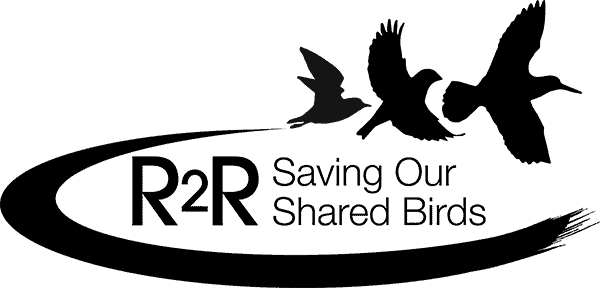Resources
Learn more by visiting these links to species working group resources, workshop and engagement session recordings, and partner organization websites.
View recordings of previous engagement sessions and download resources from these sessions.
Access resources for Species Working Groups, including: the Road to Recovery Guidance Document, R2R Species Recovery Progress Wheel, and Species Working Group Directory.
Graphics by: Eucalyp and PICOL, PIctorial COmmunication Language. These files are licensed under the Creative Commons Attribution-Share Alike 3.0 Unported license.
Collaborations and Partnerships are Critical to Our Success
Collaborations with diverse conservation initiatives like Partners in Flight (PIF) and the North American Bird Conservation Initiative (NABCI) are critical to our success. R2R will work closely with established PIF working groups to assess species vulnerability and urgency, understand science gaps, increase social science capacity, and advance the efforts of species working groups. Likewise, R2R will collaborate with NABCI’s sub-committees to strategically meet conservation targets across the full annual cycle, advance human dimensions, and address environmental justice issues as they relate to bird conservation. These collaborative efforts will provide a unified approach to recover Tipping Point Species.
- 3 Billion Birds Gone
- Avian Conservation Assessment Database
- Birds of Conservation Concern
- Central Grasslands Roadmap
- North American Bird Conservation Initiative (U.S.)
- North American Waterfowl Management Plan
- Partners in Flight
- Southern Wings
- State of the Birds
- U.S. Fish & Wildlife Service Species Data Explorer
- U.S. Geological Survey- Species of Greatest Conservation Need
- Waterbird Conservation for the Americas
- Western Hemisphere Shorebird Reserve Network

